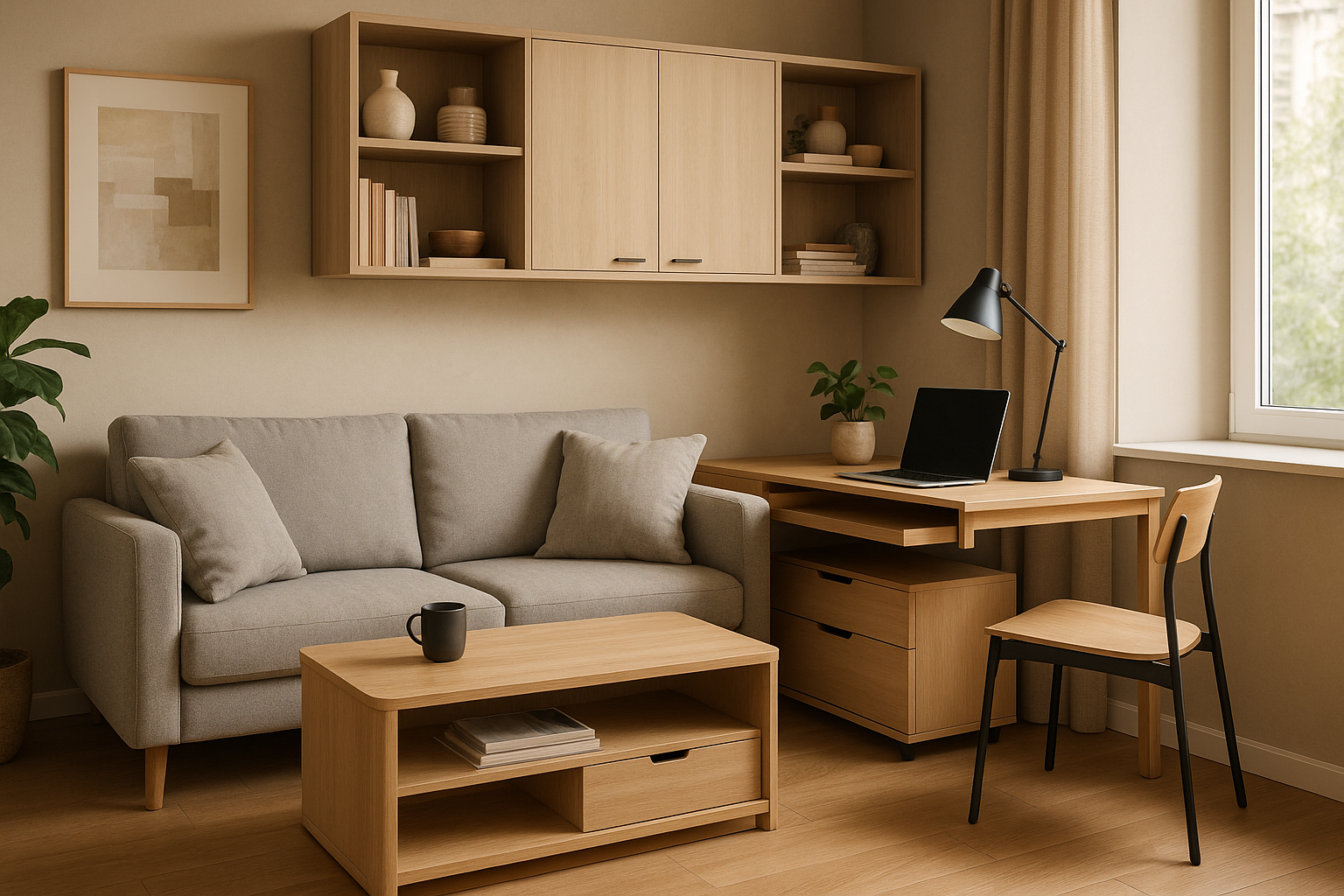"Reimagining Spaces: The Art Of Multi-Functional Interior Design"
The world is constantly evolving, and with it, the way we perceive and utilize our living spaces. Gone are the days where rooms had singular, defined purposes. Welcome to the era of multi-functional interior design—a movement transforming our homes into flexible, adaptable, and versatile environments.

The Emergence of Multi-Functional Spaces
The concept of multi-functional design isn’t entirely new. In fact, one could trace its roots back to the post-war era, when limited living quarters pushed homeowners to get creative with their spaces. However, it has gained significant momentum in recent years, particularly due to urbanization and the shrinking size of homes, where every square foot counts.
Multi-Functional Design in Today’s World
As the world becomes more digitized and the work-from-home culture continues to thrive, multi-functional design has taken on a new importance. It’s no longer just about making the most of small spaces—it’s about creating a home environment that can adapt to a variety of needs, from work and study to relaxation and entertainment. The pandemic has only accelerated this trend, as homes had to double as offices, gyms, classrooms, and more.
Practicality and Market Trends
The multi-functional design trend has been a boon for the furniture industry, with the demand for convertible and adaptable pieces on the rise. Think sofa beds, extendable tables, or desks with built-in storage. Such furniture not only saves space but also adds an element of surprise and novelty to the design. Moreover, this trend encourages homeowners to be mindful of their purchases, leading to less clutter and a more organized, harmonious living space.
The Art of Creating Multi-Functional Spaces
Creating a multi-functional space is not just about adding furniture that serves multiple purposes—it’s about envisioning a space that can seamlessly transition between functions. This requires careful planning, from the layout of the room to the choice of furniture and decor. The key is to maintain a balance between functionality and aesthetics, ensuring the space remains comfortable and inviting regardless of its use.
Impact on Daily Living
The beauty of multi-functional design lies in its ability to enhance our everyday lives. It provides flexibility, allowing us to adapt our homes to our changing needs and lifestyles. It also promotes efficiency, as we learn to maximize our spaces and make them work for us. Ultimately, multi-functional design isn’t just a trend—it’s a reflection of the evolving way we live and interact with our homes.
The rise of multi-functional interior design is a testament to our ability to adapt and innovate. As we continue to navigate this ever-changing world, it’s a trend that’s likely to persist, shaping the future of home design in exciting and unpredictable ways.




